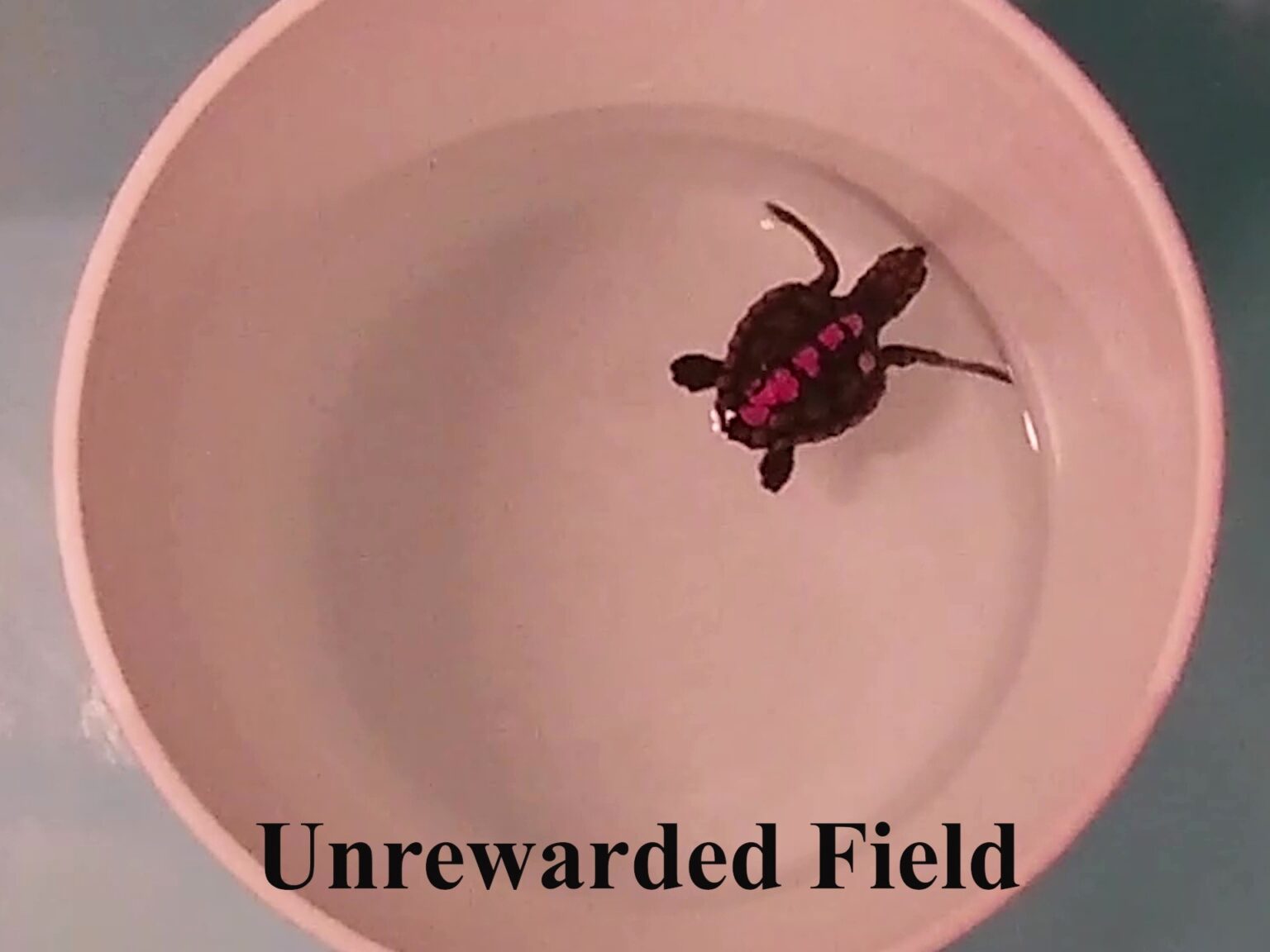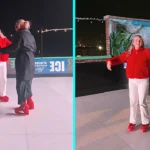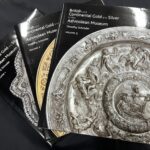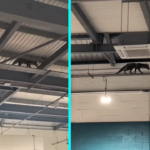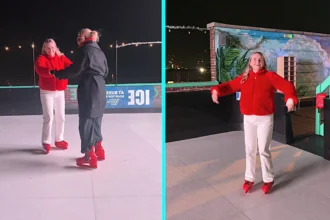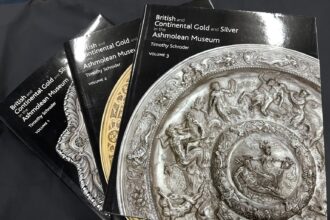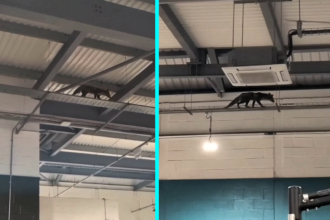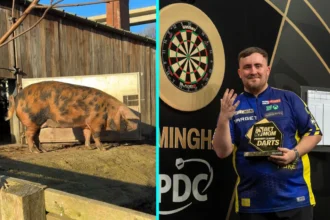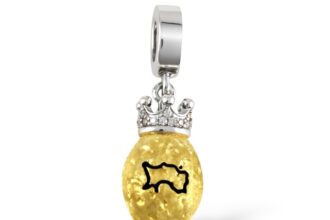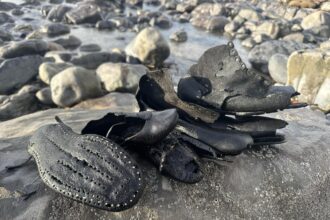Scientists have made an adorable discovery about how sea turtles react when they are expecting food.
Loggerhead turtles, known for their migrations, travel thousands of miles in search of sustenance and have a special superpower: they dance when it’s mealtime.
Found in the Atlantic, Pacific and Indian Oceans, as well as the Mediterranean Sea, the clever reptiles memorise magnetic fields in specific geographic locations to nest and feed.
READ MORE: Pair of unwanted lovebirds named after Donald Trump and his wife need a new home for Valentine’s Day
- Advertisement -
In anticipation of their dinner, they “dance”.
This indicates that the loggerhead turtles associate magnetic cues with feeding sites.
The discovery was made by a group of scientists including lead study author, Dr Kayla Goforth, a postdoctoral research associate in the department of biology at WHERE.
They shared their findings on 12 February.
The report is reportedly “the first of its kind to determine Loggerheads memorize these magnetic fields, particularly ones associated with food sources, to return to once they finish migrating.”
- Advertisement -
Scientists tested for this behaviour via a series of experiments in tanks.
Ken Lohmann, who worked on the study, said: “The turtle dance is a strange pattern of behaviour that emerges quickly in young captive sea turtles when they figure out that food comes from above.
“They would get very excited and raise their heads up out of the water and come swimming over, and often if the food wasn’t dropped in immediately, they would begin to flap their flippers and spin around.”
- Advertisement -
Loggerheads rely on two distinct magnetic systems – a magnetic map for tracking locations and a magnetic compass for orienting direction.
Lohmann added: “This is good evidence that there are actually two different magnetic senses in the turtles: one that is used for the map sense, one that is used for the compass sense.”
Dr Goforth said: “The magnetic map sense is a positional sense, kind of like a GPS, and their compass sense tells them which way to go.
“This is probably how they’re getting back to important ecological locations such as feeding grounds and nesting areas.
“It’s a new way of thinking about how turtles are using the magnetic field to navigate.
“What’s really fascinating is we still don’t understand how they’re even perceiving the magnetic field.
“So, this is getting at what is going on mechanistically.”
READ MORE: Adorable camel rolls around in waves during much-needed cool down


